Increasing Energy Storage Needs
The growing need for energy storage solutions is a significant factor propelling the Battery Storage Inverter Market. As energy consumption patterns evolve, particularly with the rise of electric vehicles and smart homes, the demand for efficient energy management systems has intensified. Battery storage inverters are essential for optimizing energy use, allowing consumers to store excess energy generated during peak production times for later use. Market forecasts suggest that the energy storage market could reach a valuation of over 200 billion by 2030, indicating a robust growth trajectory that will likely benefit battery storage inverter manufacturers and suppliers.
Advancements in Battery Technology
Technological innovations in battery technology are significantly influencing the Battery Storage Inverter Market. The development of high-capacity, long-lasting batteries, such as lithium-ion and solid-state batteries, enhances the efficiency and performance of energy storage systems. These advancements not only improve the lifespan of battery storage inverters but also reduce costs, making them more accessible to consumers and businesses alike. Market analysis indicates that the battery technology sector is expected to witness a growth rate of approximately 10% annually, further propelling the demand for battery storage inverters as they become integral components of modern energy solutions.
Government Incentives and Policies
Supportive government policies and incentives are pivotal in driving the Battery Storage Inverter Market. Many governments are implementing subsidies, tax credits, and grants to encourage the adoption of renewable energy and energy storage solutions. These initiatives aim to reduce reliance on fossil fuels and promote energy independence. For instance, various countries have set ambitious targets for renewable energy adoption, which inherently boosts the demand for battery storage inverters. The market is likely to benefit from these favorable regulatory frameworks, as they create a conducive environment for investment and innovation in energy storage technologies.
Rising Demand for Renewable Energy
The increasing emphasis on renewable energy sources is a primary driver for the Battery Storage Inverter Market. As nations strive to reduce carbon emissions and transition to sustainable energy, the demand for solar and wind energy has surged. This shift necessitates efficient energy storage solutions, where battery storage inverters play a crucial role. According to recent data, the renewable energy sector is projected to grow at a compound annual growth rate of over 8% in the coming years. This growth directly correlates with the rising need for battery storage inverters, which facilitate the integration of renewable energy into existing grids, ensuring a stable and reliable power supply.
Consumer Shift Towards Energy Independence
A notable trend in the Battery Storage Inverter Market is the increasing consumer desire for energy independence. Homeowners and businesses are increasingly investing in solar panels and battery storage systems to reduce their reliance on traditional utility providers. This shift is driven by rising electricity costs and the desire for self-sufficiency in energy consumption. As more consumers recognize the benefits of energy storage inverters, the market is expected to expand. Research indicates that the residential energy storage market alone could grow by over 15% annually, reflecting a strong inclination towards sustainable and independent energy solutions.
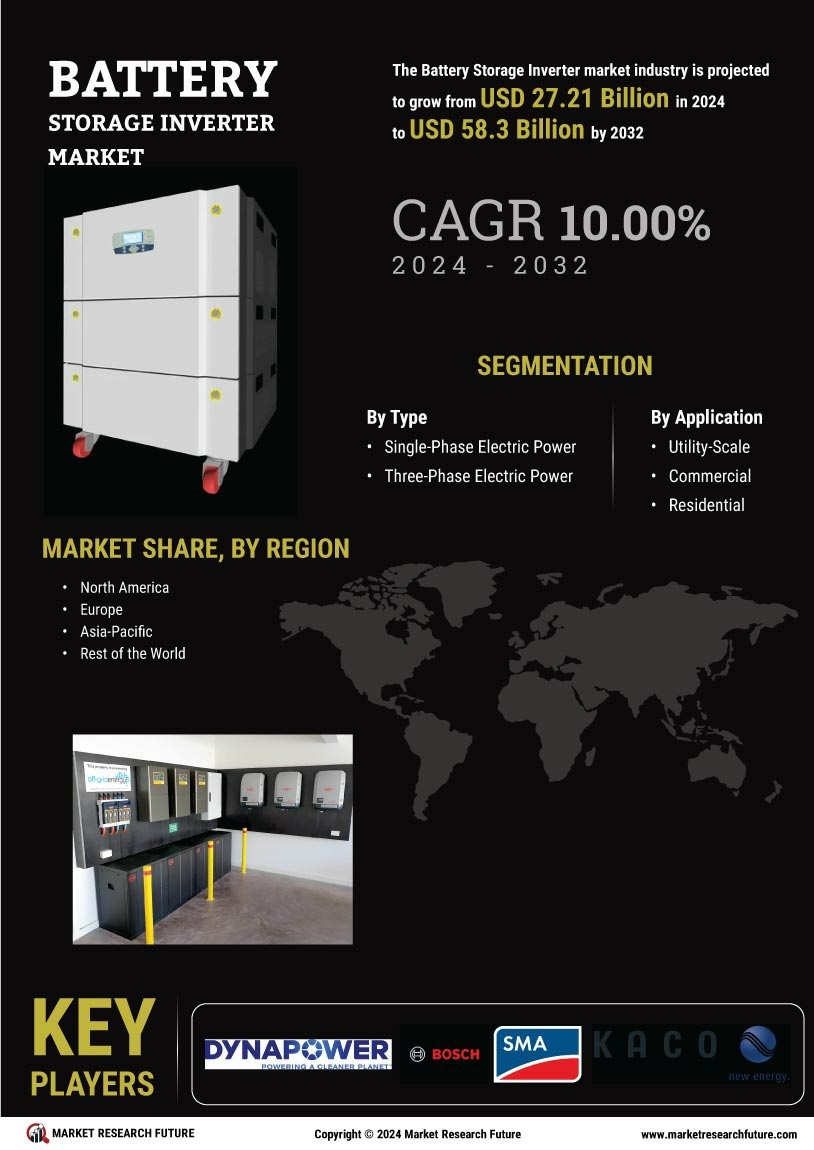

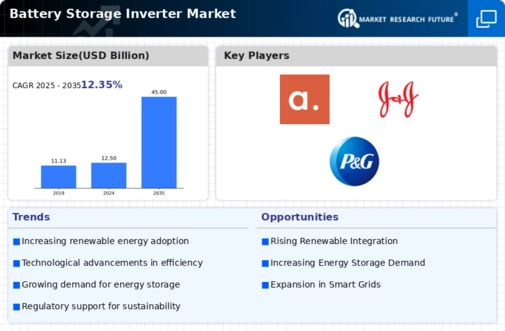

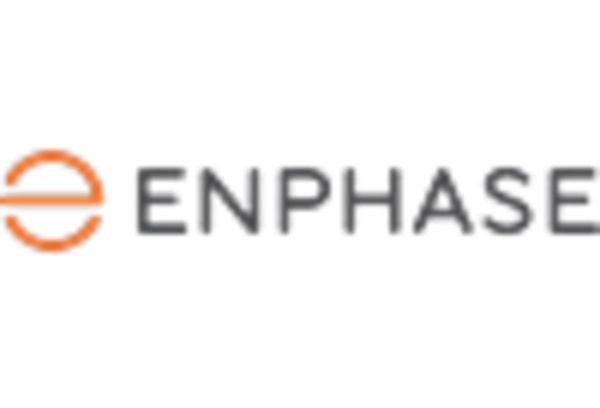
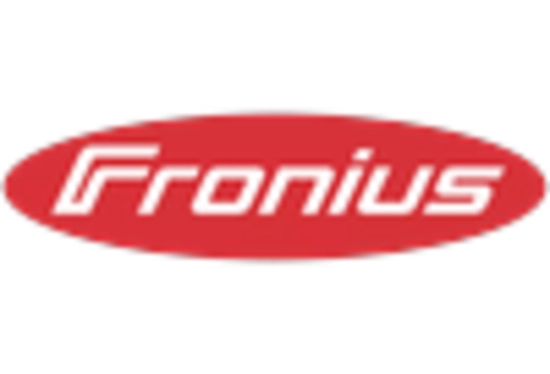
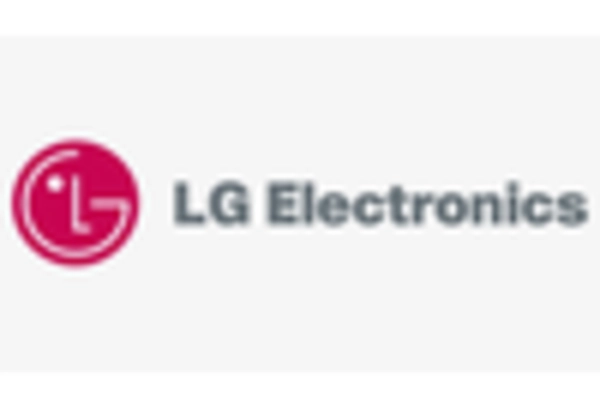
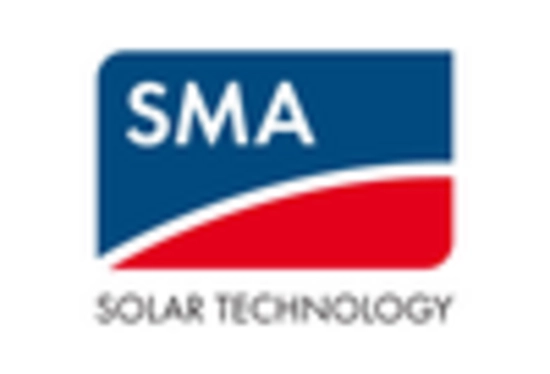
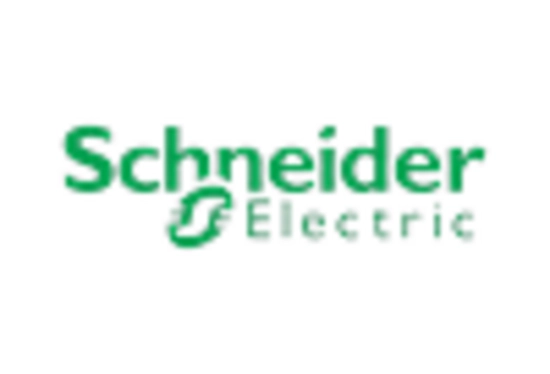
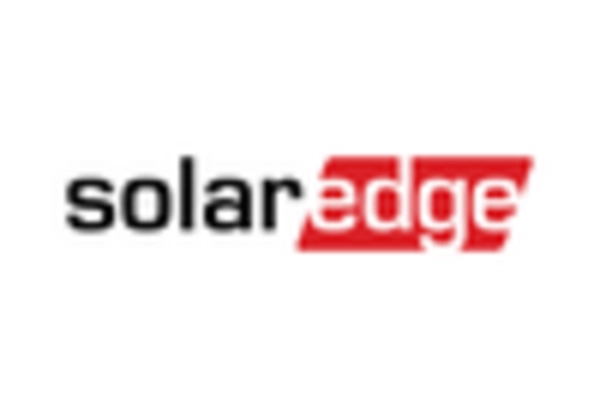








Leave a Comment